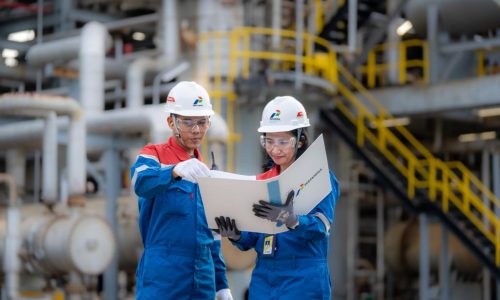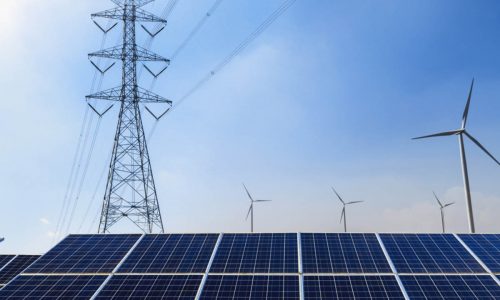Hungary has been increasing its investments in Indonesia, specifically in digital technology solutions, with a focus on the Multi Lane Free Flow (MLFF) project, an untouched toll road initiative.
This project, undertaken by the joint venture PT Roatex Indonesia Toll System between Hungary and Indonesia, involves a substantial investment of US$300 million, equivalent to approximately IDR 4.7 trillion.
Ilona Tóth, Deputy Mission of Hungary to Indonesia, disclosed that MLFF stands as one of Hungary’s most significant historical investments, with a value of US$300 million.
This was revealed during a media briefing after the opening of HunIndotech 4.0 in Jakarta on Tuesday, November 14, 2023. Hungary’s Ambassador to Indonesia, Lilla Karsay, characterized MLFF as a success story in Hungary’s trade and investment for 2021, highlighting it as the largest technology transfer export in the history of Hungary’s modern economy.
In alignment with this, Indonesia’s Minister of Public Works and Public Housing (Menteri PUPR) Basuki Hadimuljono confirmed that the trial for the non-cash toll transaction system, MLFF, in Bali is scheduled for the second week of December 2023. T
he trial, spanning approximately two weeks, will undergo evaluation by the end of December. Basuki Hadimuljono emphasized the challenges associated with transitioning from non-cash payments to MLFF, underscoring the necessity for a shift in user attitudes and discipline.
Following a successful trial in Bali, subsequent trials are planned for other toll roads in Java, particularly in Jakarta. The MLFF-based transaction system aims to create entirely barrier-free toll sections, eliminating restrictions at toll gates.









